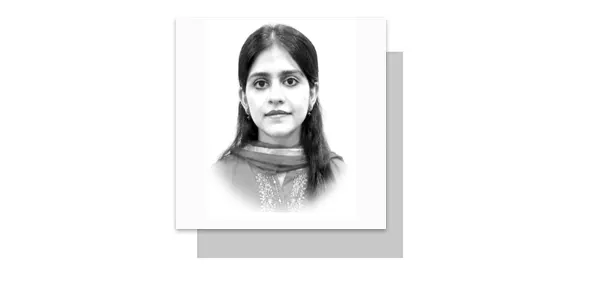In 2023, Pakistan ranked 133rd out of 180 countries, garnering 29 points in the Corruption Perception Index. This scale gauges the perceived level of corruption within the public sector. The earliestlegislative initiative to combat this pervasive issue was taken in 1949 by passing the Public and Representative Office Disqualification Act (PRODA).Though the act was politicised, it indicates the entrenched nature of corruption within Pakistan’s public institutions from its inception.After decades ofrigorous efforts,the evil still looms large in the society. Hence, in an era where technology supersedes every domain, leveraging innovation presents a positive avenue to foster transparency.
Globally, governments are increasingly turning to technological solutions such as data mining, block chain, big data, and digital public services to mitigate the perils of corruption. According to the International Journal of Public Administration, a regression analysis of 127 countries found that e-government measures account for 77 percent of total variation of corruption perception levels. The analysis concluded that these measures appear to be more influential in ensuring transparency than the conventional anti-corruption drives.
In this line, corruption-challenged countries like South Africa, Jordan, and Colombia have already initiated hackathonsto foster technological solutions. For instance, the 2022 hackathon held in South Africa saw winning team formulating a streamlined data standard to identify price anomalies in tender processes, incorporating online monitoring bids. Similarly, the 2023 hackathon held in Qatar yielded a programme that improves cargo check process with AI, utilising digitised record for accuracy and efficiency. Keeping in view the gap between corruption perception level in Pakistan and its IT experts, there is a need to invest in these hackathons to foster technological solutions.
Although, Pakistan has taken initial step toward leveraging technology to combat corruption by digitalising its key institutions,the manual handling of administrative Standard Operating Procedures (SOPs)provide room for corrupt practices. For instance, the digitisation of land record ceases data adulteration but the manual processing system by Patwaries and Tehsildars still make way for corruption. This issue can be addressed by implementing block-chain technology in land department.In this system, public documentation is stored through chain commands that cannot be erased or altered.Therefore, instead of manually circulating the application, it should be digitally processed through portals to maintain block-chain record. Forensic tools are another technological means which can boost transparency in banking system and development projects of Pakistan. These tools check data velocities that include real-time analysis of transactions, anomaly detection, and predictive modelling. It not only monitors the data and currency transaction but also prevents improper payments. For instance, in 2019, Denmark saved over 60 million eurosby applying data analytic in welfare fraud detection. Pakistan could indigenously draft its forensic tools so that its currency transaction can be monitored and excessive spending on government projects can be detected. High budget projects like metro trains, motorways, and complexes could be specifically channelled through these forensic tools to harness transparency.
In addition to all these digital gadgets, Pakistan needs to focus on improving its digital literacy rate. Pakistan is home to 64 million internet users; however, the digital literacy rate is very low, especially in rural areas that encompasses 62 percent of the population. Most of the government departments have already initiated Digital Public Services but digital ignorance became an impediment in using technology as an antidote to corruption. For instance, the tax system of Pakistan is completely digitalised yet people are not digitally literate enough to file their taxes online. Therefore, digital literacy is a primary need to ensure transparency through technology.
The writer is a researcher at Centre for Aerospace and Security Studies (CASS), Lahore.










